Many school districts are planning to open in the next month or two with totally online learning or a combination of some in-person school sessions plus online classes. The terminology for this is kind of all over the place, and it’s confusing.
School districts across the United States are posting their reopening plans and they include:
- Remote learning only
- Full in-person reopening for all students
- Hybrid/Partial
Some school districts will begin with remote learning, but plan to move to in-person school sometime after the beginning of the new school year.
Online classes – or “remote learning” – can mean that the teacher conducts a Zoom-type meeting with some or all of her students meeting together at the same time. Some schools are making videoed lessons available for students to watch whenever they can. Or it could mean that the school has an online platform where teachers post assignments and students post their work, along with live chat or a bulletin board where messages can be posted. There may be live video, and in some cases, teachers will spend a few minutes each week in a one-on-one conversation with each student. Or it could be any combination of the above.
One teacher in New York described the experience like this, “Here I am, at 66, within a year of full retirement, having to learn how to use Google Classroom with 35 first graders at various places in their learning. I feel as though I am attempting to drive on a road that I am simultaneously paving while also following a paper map.” –Janet Kass, teaches first grade, Bloomingburg, N.Y.
Students weigh in on their experience with remote learning
A common complaint from students is that they really miss the social aspect of school and the ability to see their friends in person. But they also miss their teachers and end up feeling isolated and like they are managing their own education. For most students, elective subjects like Art are either being dropped or cut back.
A 13-year-old student from Brooklyn explains, “Me and my friends often have to work for quite a long time, like at least 5 hours on all the assignments. It’s really boring to read the lesson info by yourself and then apply it to your assignments. I feel like this is the hard part. The good thing however, is that we don’t have to wake up at a certain time, so we are at least now getting enough sleep.”
Many students have fallen behind
According to the latest ABC News/Ipsos poll, 59% of parents are very or somewhat concerned that their child has fallen behind academically due to the quarantine and early closing of schools. For many, private tutoring is the solution that helps their child get back on track. Parents, students, and teachers all recognize that when a student can spend time, in person or online, in a one-on-one tutoring session, the academic outcomes prove the effectiveness. Tutoring allows the teacher to customize the learning session to accommodate the individual needs of each student, tailoring the experience to the specific content and learning style the student needs to achieve mastery.
How is online tutoring different from remote learning?
Not all tutoring services are the same, but at TutorUp, online tutoring is exactly like in-person tutoring. One teacher works with one student in hour-long sessions where they are online live with each other, using video and audio, a shared whiteboard, and exchanging documents. The tutor is able to customize learning for each individual student, and the student gets the undivided attention of the tutor, just as they would if they were meeting in person.
If a student is feeling overwhelmed, overlooked, lost, or bored with the remote learning process their school has set up, online tutoring can help them get re-engaged, gain confidence, make up for lost school time, and learn study skills that can help them manage whatever form of remote learning they will have to deal with when school starts again.
To speak with a tutoring coordinator about how TutorUp online tutoring can benefit your child, get started here.

